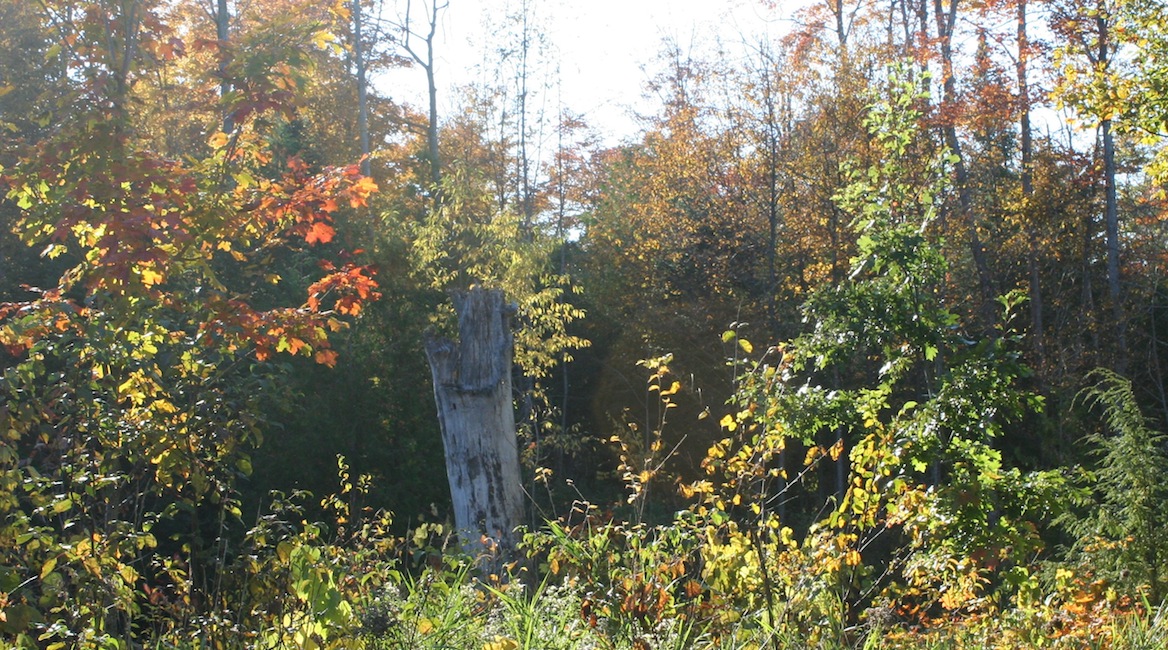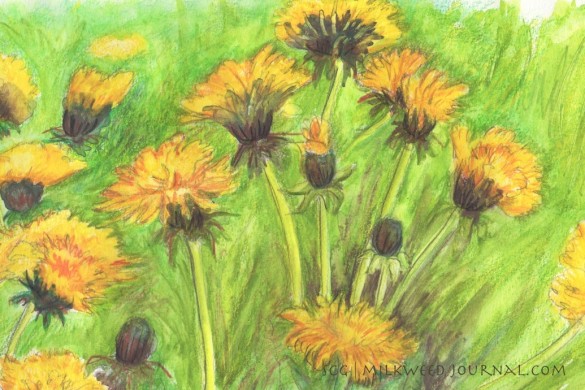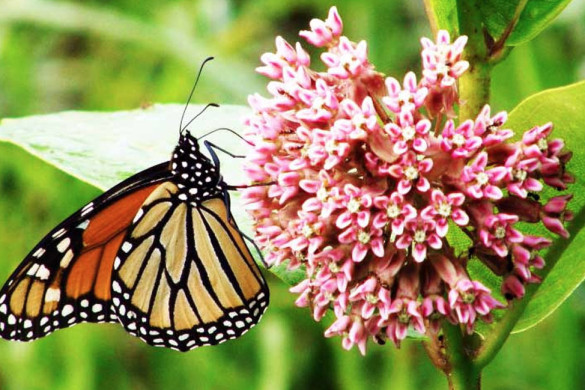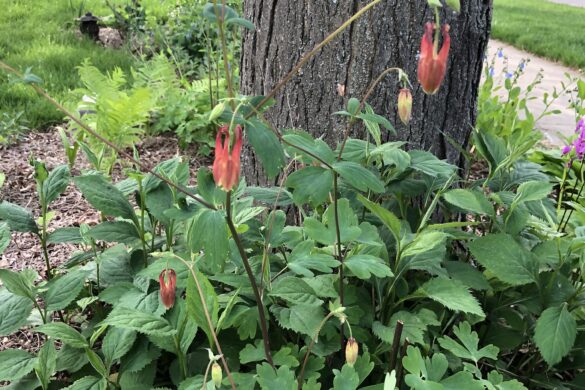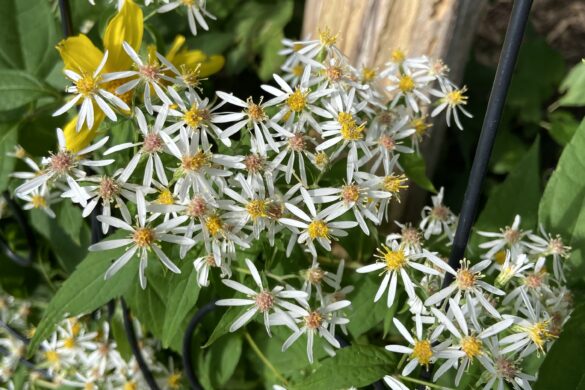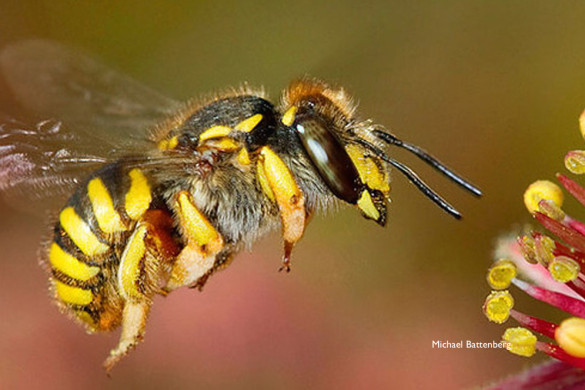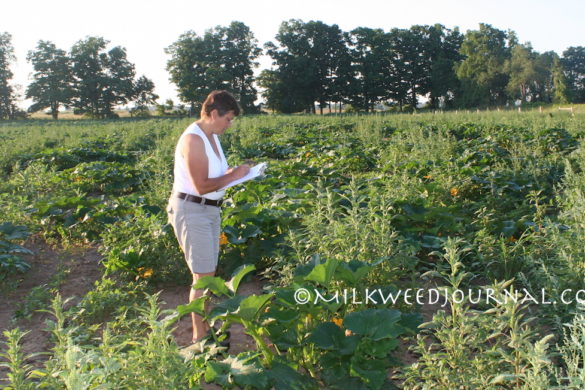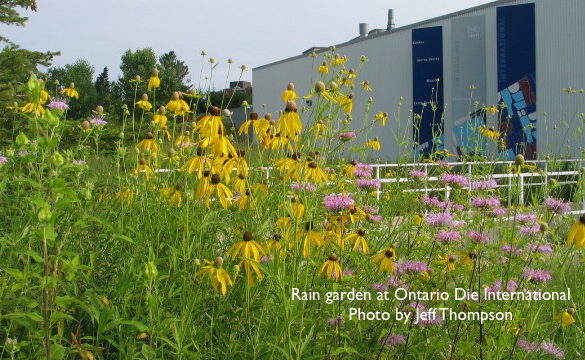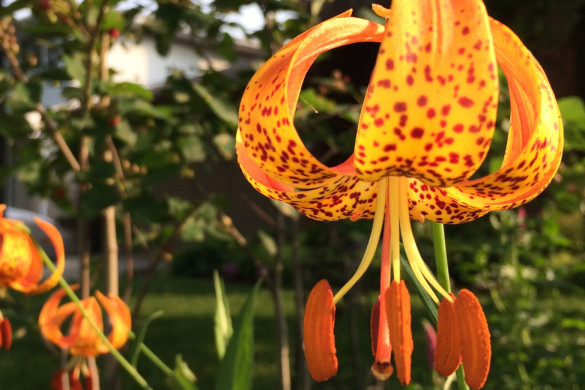There are more than 4,000 species of wild bees in North America – and many are vastly superior pollinators compared to the honey bee, which originally hails from Europe.
Unlike honey bees, which nest in managed hives or form feral colonies in tree cavities, most native bees are solitary creatures. Approximately 70 per cent of wild bees nest in the ground, while other native species prefer small nooks and crannies, such as dried out perennial stems or old beetle tunnels in logs and snags. (And be assured, most native bees are gentle souls, often wrongly blamed for stings meted out by yellow jacket wasps.)
To nurture wild bees and other beneficial insects that are essential pollinators, “we have to start being a little messier” in our gardens, says Heather Holm, a landscape designer and native plant expert who delivered the keynote presentation at Pollination Guelph’s 9th annual symposium April 2.
To protect and increase wild bee nesting habitat, Holm suggests the following gardening practices:
- Provide some areas of bare soil (many bees and beneficial insects burrow into the ground – sandy soils are especially beneficial)
- Cut perennial stems back to 15 inches above the ground (the hollow stems serve as nesting cavities) — new perennial growth will camouflage the old stems
- Incorporate a few logs into your garden
- Consider leaving standing dead trees (snags)
- Leave leaf litter in your garden: use plant debris and leaf litter as mulch on garden beds instead of wood bark mulch (use bark mulch on pathways instead)

